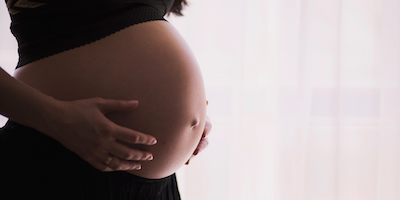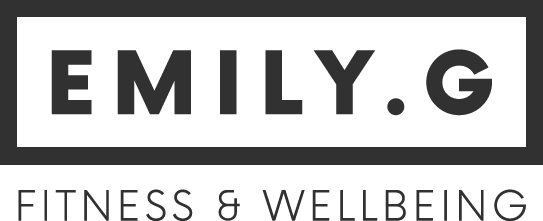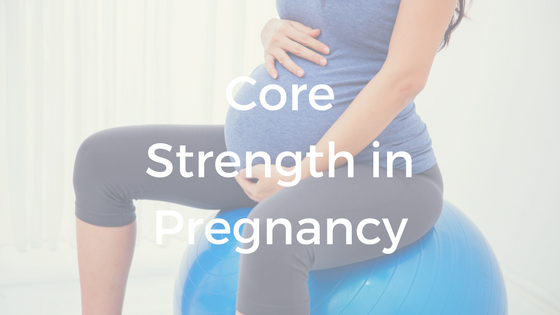Core strength in pregnancy and beyond
Staying active, healthy and fit throughout your pregnancy is hugely important. Fit, strong women who exercise during pregnancy experience less back pain, more energy and a faster recovery than women who don’t. One of the most important areas to strengthen during pregnancy is your core. A strong stable core can help to reduce the chances of back pain, make labour easier and help with postpartum recovery.
What is the core?

The majority of people have heard of ‘the core’ – we’re told often the importance of strengthening it. Many people use the core and abs as interchangeable. Strong abs are what springs to mind when we think of a strong core. However, there is much more to it than just your abdominal muscles.
The core actually includes the muscles of your pelvic floor, the deep abdominal muscles, the obliques, transversus abdominus and the rectus abdominus (the 6 pack muscles). As well as the muscles of the lower back, along your spine and the diaphragm and to a lesser extent the glutes and muscles around your hips and upper back.
Although each of these muscles performs a different function individually, together they create stability and movement throughout your body. Acting as a sort of corset that also maintains and supports your internal organs. The ‘core’ of your ability to move and perform everyday tasks.
The core and pregnancy
The changes that occur in the body during pregnancy can cause the core to feel weaker and more unstable. Relaxin, the hormone released during pregnancy, cause the ligaments and muscles of the body to become more flexible. This flexibility is necessary for birth but it has the unwanted effect of creating less stability, particularly in your pelvic area. Added to that your growing baby will begin to stretch your front abdominal muscles (the rectus abdominus) and cause your pelvis to tilt with the added weight, creating instability.
By strengthening and working the core during pregnancy we can help to ameliorate some of these effects and avoid some of the other unwanted side effects of a weak pelvic floor and core including *ahem* accidents when you sneeze, cough or bounce and diastasis recti (abdominal separation) which can cause many issues postpartum…
What is pregnancy core training?
We’ve established why you need a strong core. It is hugely important during pregnancy and beyond. But how do we make sure our training is safe during pregnancy? These few simple tips will help:
Avoid forward flexion.
Crunches, sit ups, russian twists. These all put a lot of pressure on the front abdominals and can make abdominal separation (diastasis recti) more likely.
Avoid front planks from mid pregnancy onwards.
These can be safe and effective during the 1st and into the second trimester if performed correctly. However, once your bump begins to grow they can cause issues with pressure on the abdominals, causing bulging and too much strain in the back.
Include exercises that challenge your stability.
The Bird-Dog exercise is a great one for this. From a stable position on all fours slowly lift opposite arm and opposite leg and then bring them back to starting position. Ensure your hips and shoulders stay stable and there is no arching through the back during the movement.
Don’t be afraid of resistance training.
Doing resistance exercise such as the squat and lunge with weights or bodyweight with correct form, will help to strengthen your core in a safe and effective way.
A strong stable core and pelvic floor will help you achieve a more comfortable pregnancy and recover faster postnatally. Add some pregnancy safe exercises into your day and you’ll soon reap the benefits.
*Always check with your midwife or healthcare provider before beginning a new exercise regime*

